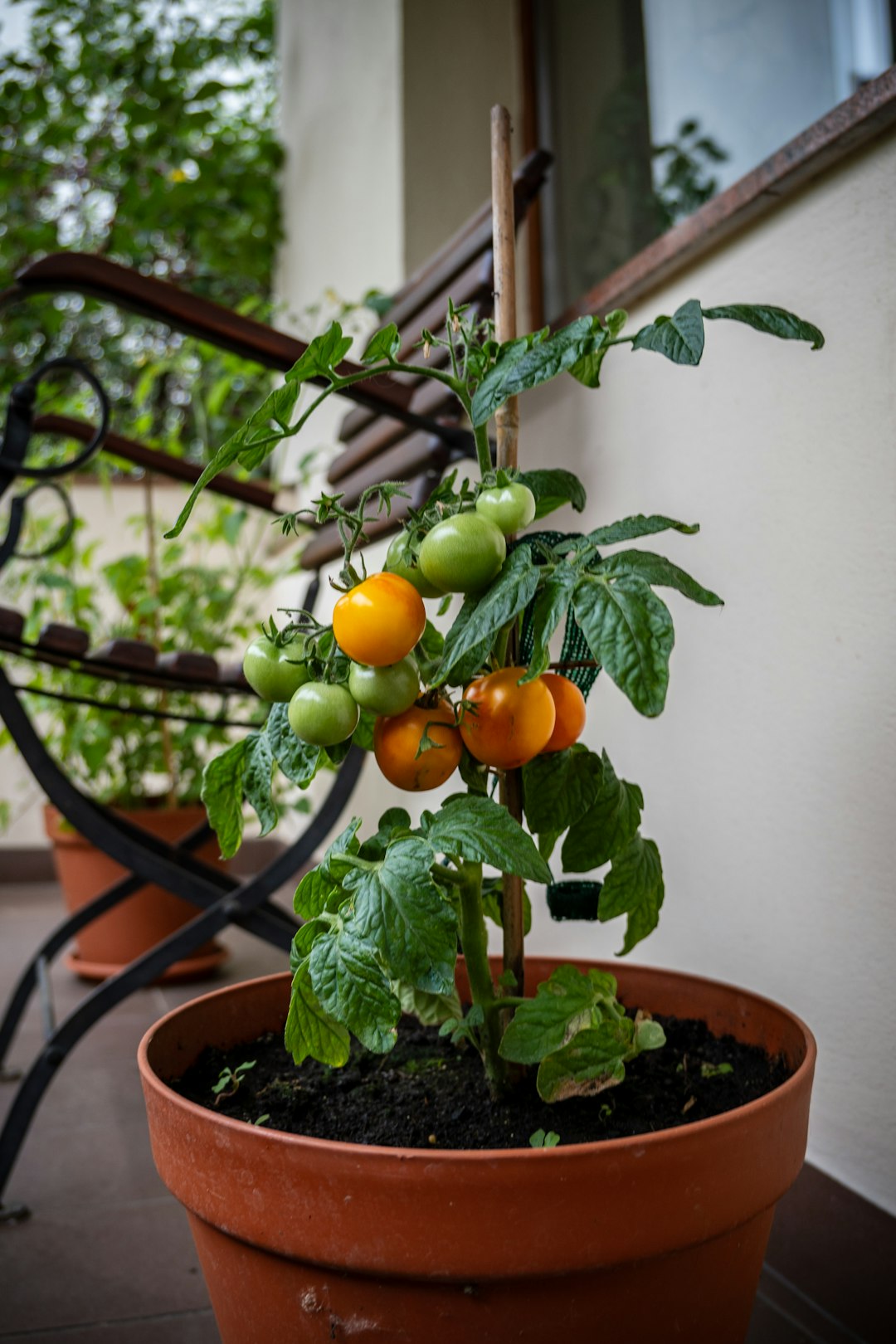Unveiling the Enchanting World of Fuchsia in Your Garden

When it comes to annual flowers gardening, few plants can rival the allure of fuchsia. These captivating blooms are a true gem in the horticultural world, offering a unique combination of interesting forms and a wide array of hues that can transform any garden into a vibrant oasis.
Fuchsia plants are known for their long - lasting blooms. Unlike some other annuals that may have a short flowering period, fuchsias can grace your garden with their beauty for an extended time. This extended blooming season means that you can enjoy their splendor from the early days of summer well into the fall. Imagine walking through your garden week after week and still being greeted by these lovely flowers, their pendulous blossoms swaying gently in the breeze.
One of the most remarkable features of fuchsias is their ability to attract hummingbirds. These tiny, colorful birds are drawn to the bright, tubular flowers of the fuchsia. As they flit from one bloom to another, sipping nectar, they add an extra layer of life and movement to your garden. It's like having your own private nature show right outside your window. The sight of a hummingbird hovering in front of a fuchsia flower, its wings beating so fast they're almost a blur, is truly a magical experience.
Now, let's talk about the different forms and hues of fuchsias. There is an astonishing variety of fuchsia cultivars available, each with its own distinct characteristics. Some fuchsias have single flowers, with a simple yet elegant structure. The petals are arranged in a way that creates a delicate, almost ethereal look. Other cultivars have double or triple flowers, which are more full and showy. These multi - petaled fuchsias make a bold statement in the garden and are often the center of attention.
In terms of color, fuchsias come in a rainbow of shades. You can find them in classic combinations like deep purple and bright pink, which create a striking contrast. There are also softer pastel varieties, such as pale lavender and blush pink, that add a touch of elegance and sophistication to the garden. Some fuchsias even have bi - colored or tri - colored flowers, with different hues blending together in a harmonious way.
Learning to grow fuchsias is not as difficult as you might think. First, you need to choose the right location for your plants. Fuchsias prefer partial shade, especially in the hot afternoon sun. Too much direct sunlight can scorch their leaves and cause the flowers to fade quickly. A spot under a tree or on a patio that gets morning sun and afternoon shade is ideal.
The soil is also crucial for the health of your fuchsias. They thrive in well - drained, fertile soil. You can amend your garden soil with compost or peat moss to improve its texture and fertility. Make sure the soil is loose enough to allow the roots to spread easily and absorb nutrients.
Watering is another important aspect of fuchsia care. These plants like to be kept evenly moist, but not waterlogged. Overwatering can lead to root rot, while underwatering can cause the leaves to wilt and the flowers to drop. A good rule of thumb is to water your fuchsias when the top inch of soil feels dry to the touch. You can use a soaker hose or a watering can to water the base of the plants, avoiding getting the leaves wet, as this can encourage fungal diseases.
Fertilizing your fuchsias regularly will help them grow strong and produce abundant blooms. You can use a balanced, water - soluble fertilizer every two weeks during the growing season. Look for a fertilizer with a higher phosphorus content, as this will promote flower production. Follow the instructions on the fertilizer package carefully to avoid over - fertilizing, which can damage the plants.
Pruning is also beneficial for fuchsias. Regular pruning helps to shape the plants and encourages bushier growth. You can pinch back the tips of the stems in the early spring to promote branching. Throughout the growing season, remove any dead or damaged leaves and flowers to keep the plants looking tidy and healthy.
In conclusion, fuchsias are a wonderful addition to any annual flower garden. Their long - lasting blooms, ability to attract hummingbirds, and stunning variety of forms and hues make them a must - have for gardeners of all levels. By following the simple tips on growing and caring for fuchsias, you can enjoy these beautiful plants in your garden year after year.